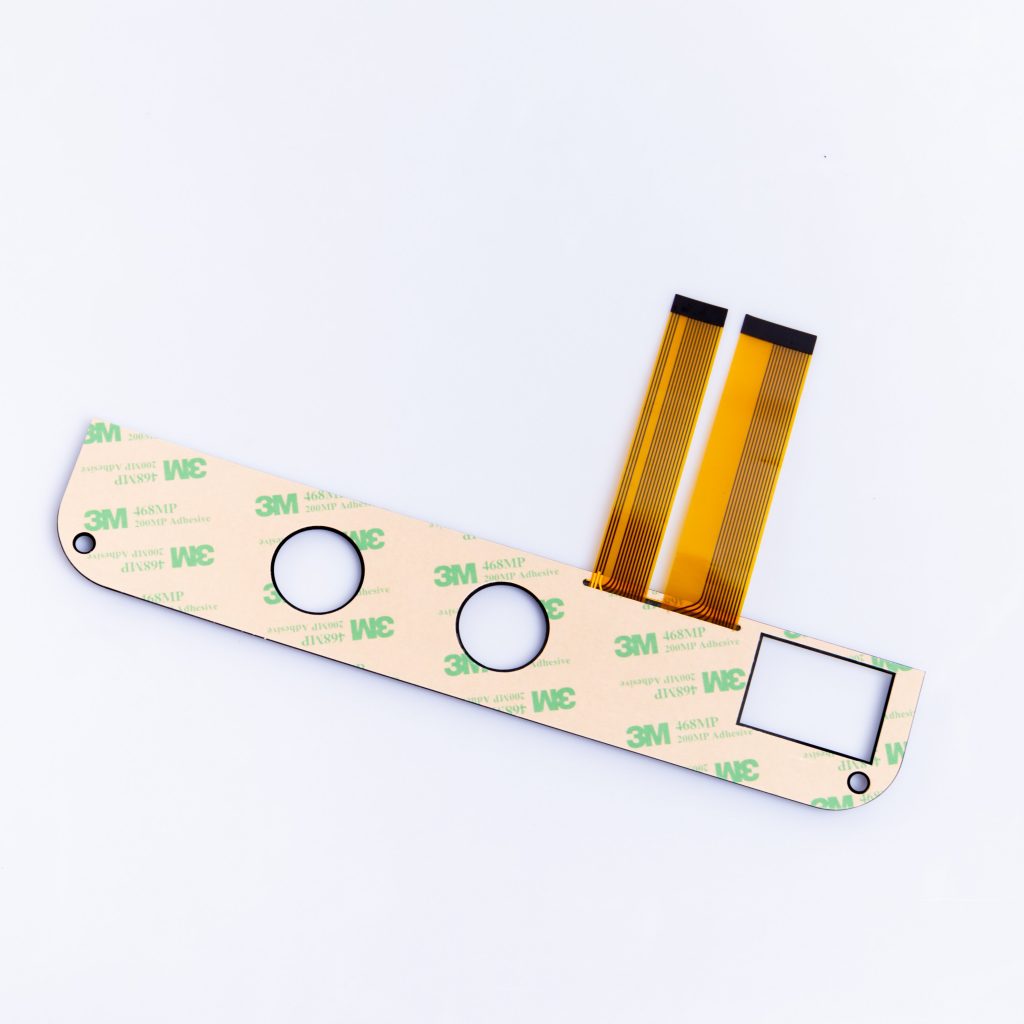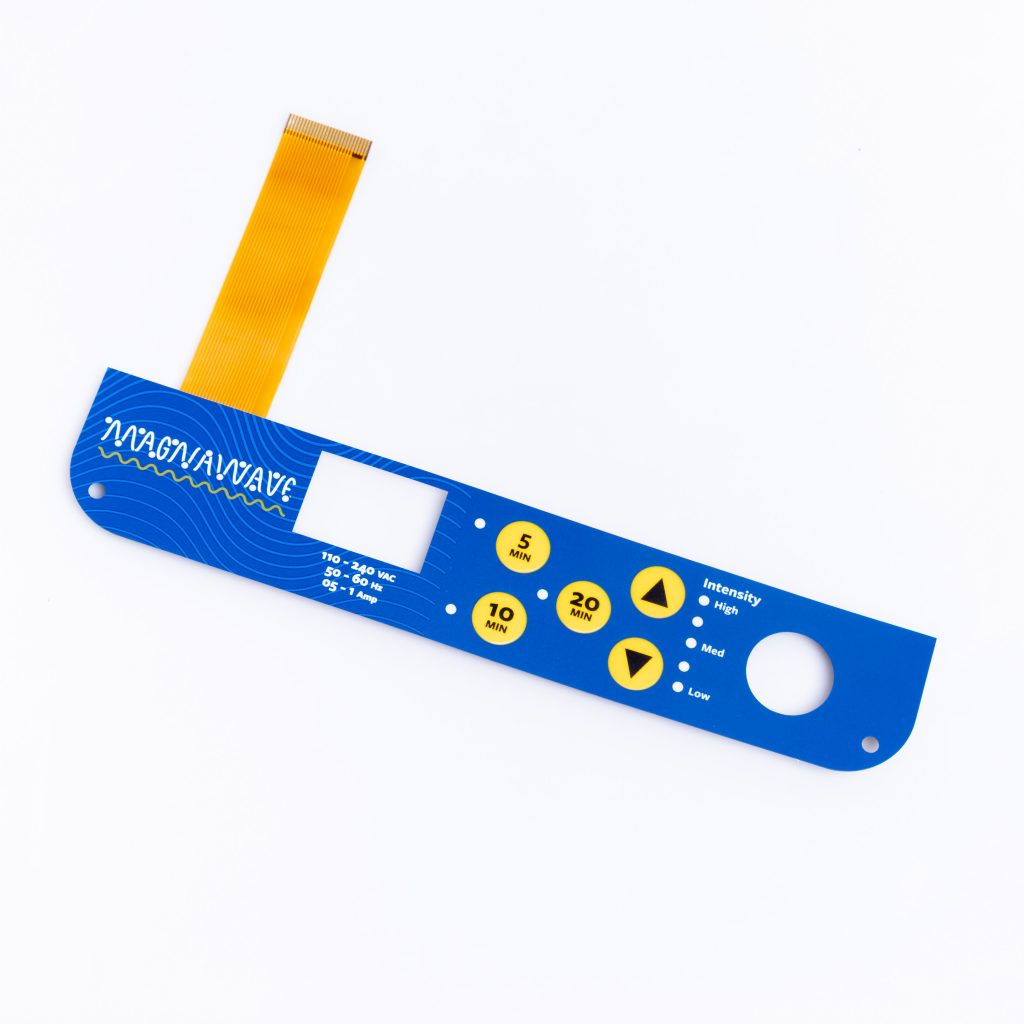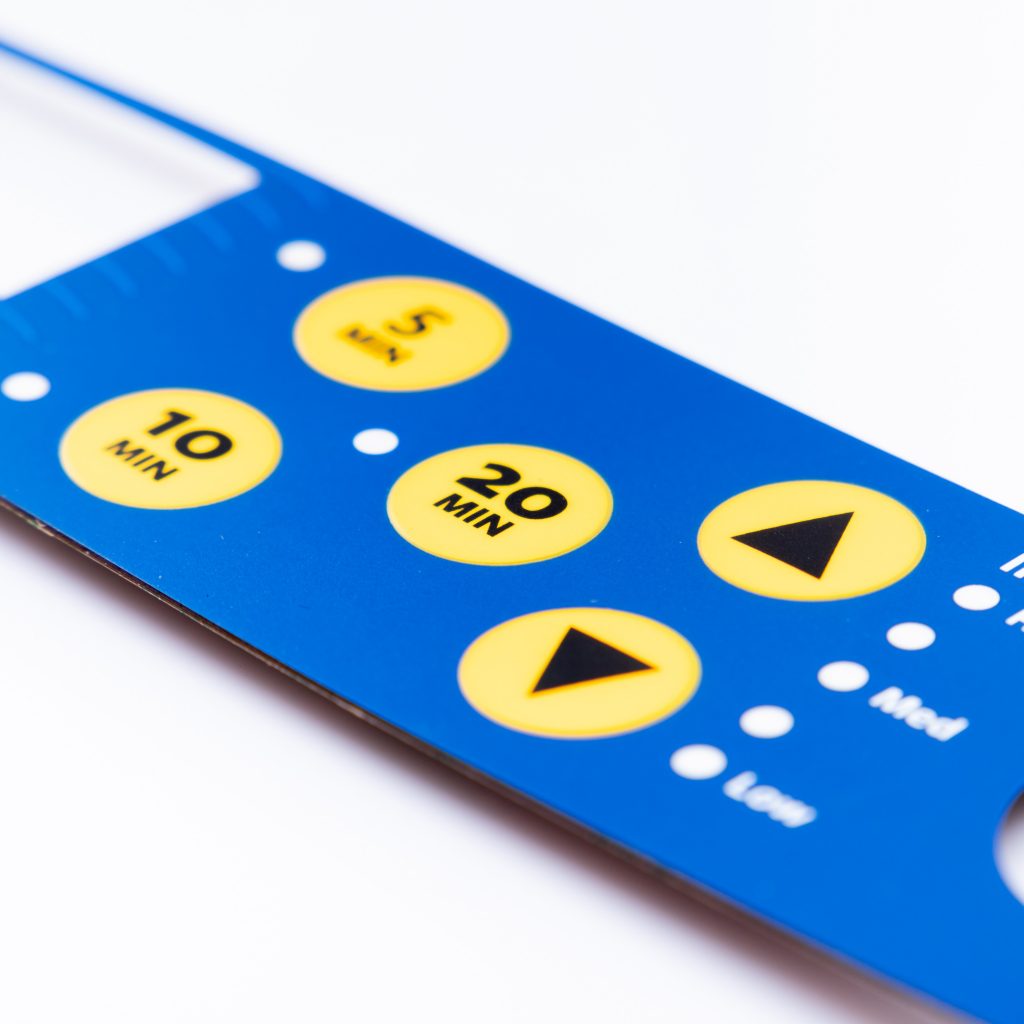Contact
Write to Us And We Would Be Happy to Advise You.
Do you have any questions, or would you like to speak directly with a representative?
By hqt
When it comes to membrane switch materials, there are some fascinating facts that most people are not aware of. These materials play a crucial role in the functionality and durability of membrane switches, which are widely used in various industries such as electronics, medical devices, automotive, and more. In this article, we will explore some intriguing aspects of membrane switch materials that will expand your knowledge and shed light on this essential component.



The Evolution of Membrane Switch Materials
Membrane switches have come a long way since their inception. Originally, they were made using polyester materials, but advancements in technology have led to the development of a wide range of materials specifically designed for membrane switches. These materials offer enhanced durability, flexibility, and resistance to environmental factors such as moisture, temperature, and chemicals.
The Importance of Overlay Materials
One crucial component of membrane switches is the overlay material, which is the topmost layer that provides protection and interface for user interaction. Common overlay materials include polyester, polycarbonate, and acrylic. Each material has its unique characteristics, such as polyester being highly durable and polycarbonate offering excellent clarity.
The Role of Adhesive Materials
Adhesive materials are responsible for bonding the various layers of a membrane switch together. They ensure that the switch remains intact and functional even under challenging conditions. Acrylic adhesive is commonly used due to its excellent adhesion properties and resistance to solvents, chemicals, and temperature extremes.
How Conductive Inks Make a Difference
Conductive inks are an integral part of membrane switch technology. They create electrical pathways that allow for the transmission of signals from the user’s touch to the underlying circuitry. Silver-based conductive inks are widely used due to their high conductivity and reliability.
Backlighting and Transparent Materials
Backlighting is a popular feature in membrane switches, especially for applications that require visibility in low-light environments. Transparent materials, such as light-diffusing polycarbonate or polyester, are used to distribute the backlight evenly across the switch surface, resulting in a uniform and aesthetically pleasing illumination.
Environmental Considerations
Membrane switch materials are designed to withstand various environmental conditions. They are often engineered to be resistant to moisture, UV radiation, chemicals, and extreme temperatures. This makes them suitable for applications in outdoor environments, medical settings, and industrial facilities.
Customization Options
One of the advantages of membrane switch materials is their ability to be customized according to specific requirements. The overlay material can be printed with custom graphics, icons, and labels to provide a unique user interface. Additionally, the colors, textures, and finishes of the materials can be tailored to match the branding and design aesthetics of the product.
1. What are the main advantages of using membrane switch materials?
Membrane switch materials offer several advantages, including durability, flexibility, resistance to environmental factors, customization options, and cost-effectiveness compared to traditional mechanical switches.
2. Can membrane switches be used in outdoor applications?
Yes, membrane switches can be designed with materials that are specifically engineered to withstand outdoor conditions, including exposure to moisture, UV radiation, and extreme temperatures.
3. Are membrane switches suitable for medical devices?
Absolutely! Membrane switches can be manufactured using medical-grade materials that meet strict regulatory requirements. They are often used in medical devices due to their resistance to chemicals, easy cleanability, and ability to withstand repeated disinfection.
4. What is the lifespan of a membrane switch?
The lifespan of a membrane switch depends on various factors such as the quality of materials used, operating conditions, and frequency of use. However, with proper design and manufacturing, membrane switches can have a lifespan of millions of actuations.
5. Can membrane switch materials be recycled?
Yes, many membrane switch materials are recyclable. Polyester and polycarbonate materials, for example, can be recycled and reused in other applications, reducing waste and promoting sustainability.
6. Are there any limitations to membrane switch materials?
While membrane switch materials offer numerous advantages, they may have limitations in certain extreme conditions. For example, they may not be suitable for applications that require high-temperature resistance beyond their specified range.
Membrane switch materials are a critical component in the construction of durable and functional switches used in various industries. They have evolved over time to offer enhanced durability, flexibility, and resistance to environmental factors. Understanding the importance of overlay materials, adhesive materials, conductive inks, and customization options can help in choosing the right materials for specific applications. With ongoing advancements in technology, membrane switch materials continue to play a significant role in delivering reliable user interfaces across a wide range of devices.
Do you have any questions, or would you like to speak directly with a representative?